Hydrostatic Head Tester Introduction
Contents
What Is Hydrostatic Head Tester ?
Geosynthetics is a general term of synthetic products which are applied in the geotechnical engineering and civil engineering to stabilize terrain.
Hydrostatic Head Tester DW1360 is for Geomembrane is used to determine the resistance to hydrostatic pressure and the permeability coefficient of geomembranes, geocomposites consisting of one or two layers of non-woven geotextile and one layer or membrane and other water-proof membrane materials under specified hydraulic pressure differences.

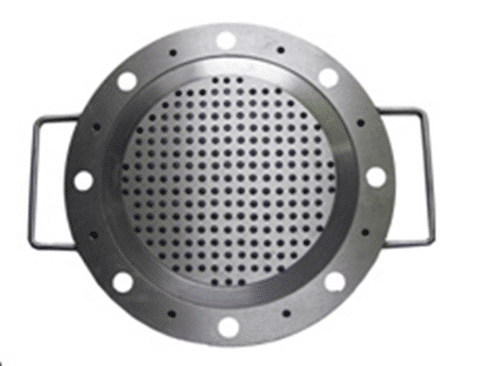
Porous metal board 1 for hydrostatic pressure
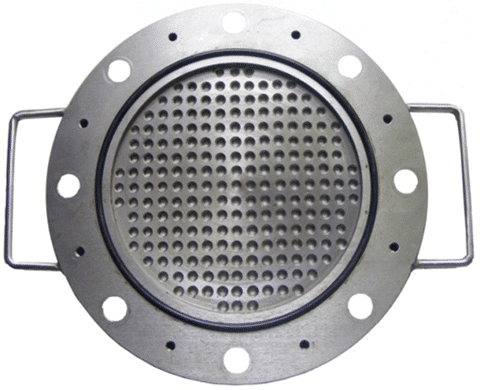
Porous metal board 2
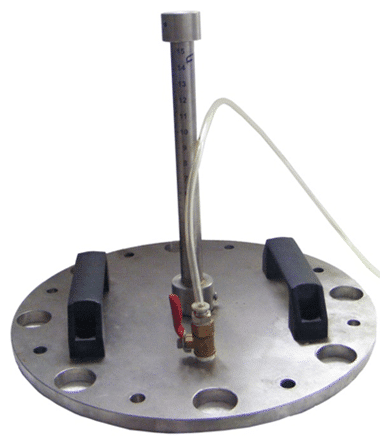
Penetrating water collector
Porous metal board 2 and penetrating water collector for water permeability coefficient
Test for Hydrostatic pressure test for Geomembrane
- Use the porous metal board 1 to clamp the specimen in the following clamping assembly;
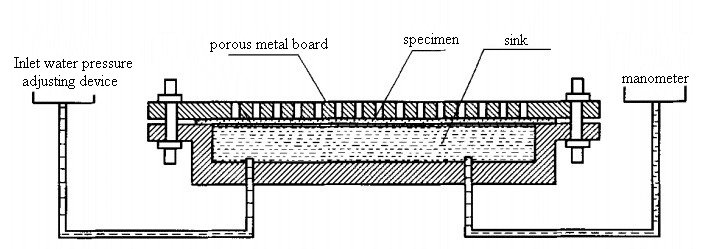
- Slowly open the inlet water pressure adjusting device until the water pressure in the sink increases to 0.1Mpa;
- Hold the water pressure at 0.1Mpa for at least one hour and then check whether there is any water penetrating through the specimen;
- If no any, continue to increase the water pressure by 0.1Mpa and hold each pressure for at least one hour until there is some water penetrating throughthe specimen and appearing in any hole of the porous board;
- When there is some water penetrating through the specimen, it is the last water pressure rather then the present water pressure that is the hydrostatic resistance pressure of this specimen with the accuracy of 0.1Mpa.
- Test three specimens and regard the minimum of the three results as the hydrostatic resistance pressure of this kind of specimen;
Test for Water Permeability Coefficient
Use the porous metal board 2 and penetrating water collector to clamp the specimen in the following clamping assembly.
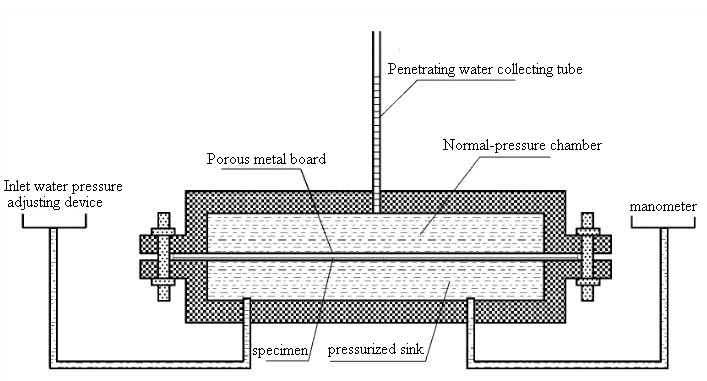
- Slowly open the inlet water pressure adjusting device until the water pressure in the pressurized sink increases to 0.1Mpa;
- Hold the water pressure for at least one hour and then make a record (for example l0) of the reading of the penetrating water collecting tube with the accuracy of 0.1ml;
- Continue to hold the water pressure for another periods of one hour and make records of readings until the reading is stable (when the change rate of two adjacent readings is within 5%, the latter reading is regarded to be stable);
- When the reading is stable, make a record of the reading (for example llast), it means the test is over;
- Use the volume change of the penetratingwater (llast -l0), the time t during which the volume changes and the water temperature to calculate the water permeability coefficient.
If you need more about hydrostatic testing procedure or Hydrostatic testing equipment, please send email to [email protected].
Comments are closed.
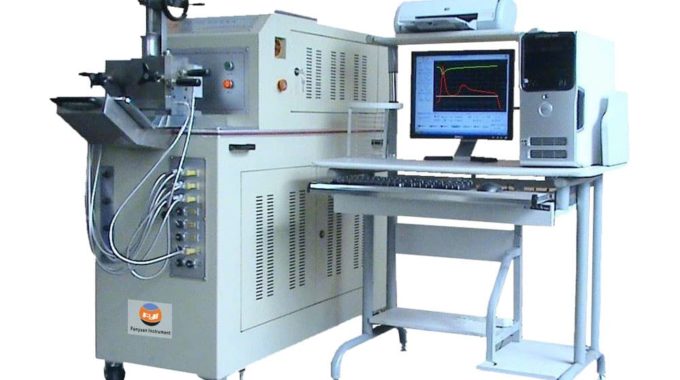
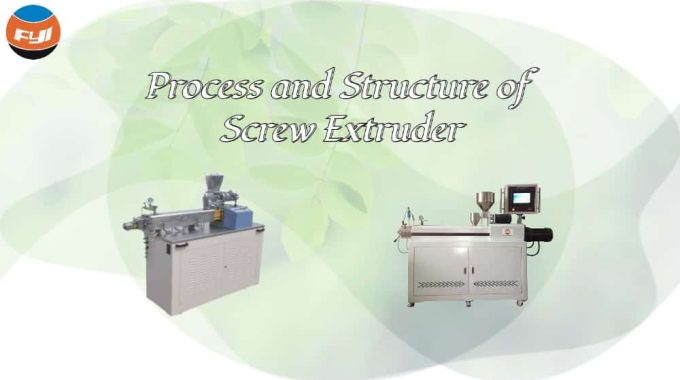
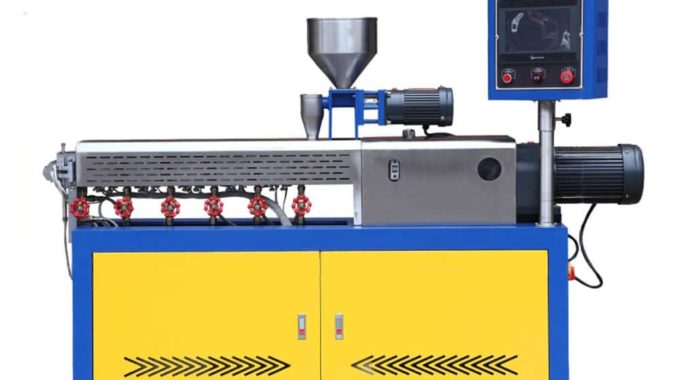
i like this blog .thanks
I really like and appreciate your article,keep writting